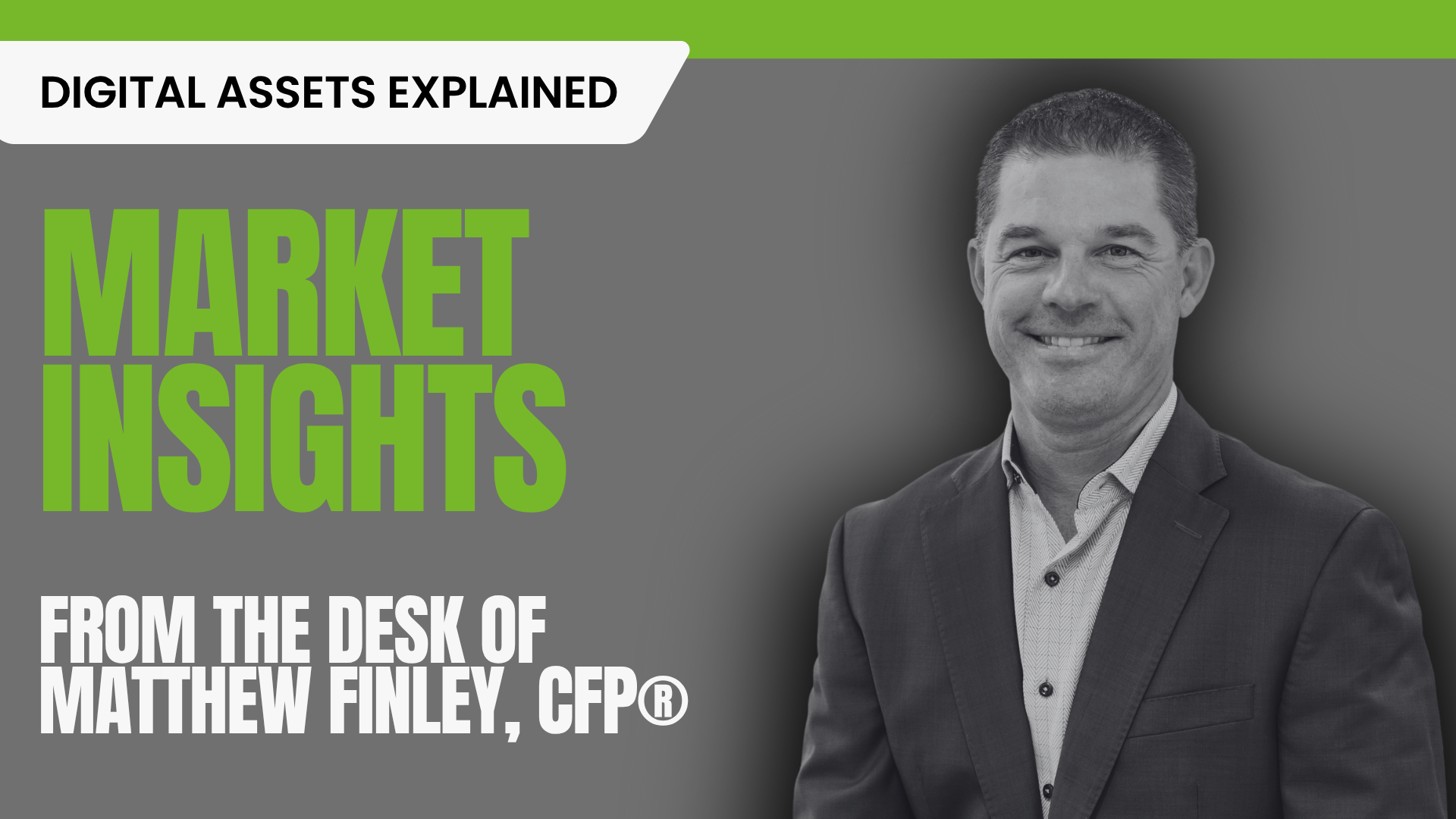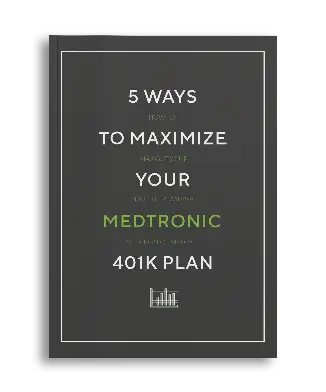The Global Shift: How Digital Assets are Reshaping Reserve Currencies

Lately, I’ve been digging deep into the world of money — thinking about the dollar, U.S. Treasuries, digital assets like Bitcoin and Ethereum, tokenization, and what it really means to be a “reserve currency.” While I am by no means an expert, these insights fall in line with potential outcomes as the global financial ledger moves into a new digital age. What follows isn’t a technical paper on Bitcoin or monetary policy — it’s an exploration of what might be coming, based on patterns, incentives, and the way financial systems tend to evolve.
My goal here is to make sense of some big shifts that are happening in plain sight and what they might mean for all of us.
The Dollar’s Role and the Gold Question
Right now, the U.S. dollar remains the world’s dominant reserve currency. It’s what most nations use to back and stabilize their own currencies.
In recent years, headlines have warned that global gold reserves have surpassed U.S. Treasuries (UST) in some places. This is a shift that sounds alarming but isn’t entirely new. Gold used to play this role before the 2000s.
When the 2008 Global Financial Crisis hit and the Federal Reserve cut rates to zero, the real return on Treasuries also dropped near zero. That made them less attractive to foreign governments, who began slowing or reducing their future purchases.
However, does that mean gold is a better alternative? Not really. Gold has a permanent yield of zero. It doesn’t produce income, can’t be transferred instantly, and is hard to divide or settle quickly. Those limits are why gold fell out of favor as a reserve. It simply can’t scale fast enough to support the growth and liquidity modern economies need.
This is exactly where tokenization enters the story.
The Rise of Tokenization
Tokenization means turning a real-world assets — gold, real estate, or even a business — into digital assets or tokens that can be traded on a blockchain.
Think of it like this: if a company has measurable value and cash flow, it could issue a digital token representing fractional ownership in that value. Those tokens could then be traded globally, instantly, without the multi-day or even quarterly settlement cycles that slow down traditional assets like gold.
This is revolutionary because it enables immediate settlement and fractional ownership — potentially as small as 0.001% of an asset, or roughly a few dollars’ worth.
Will tokenization make gold a new global reserve? Probably not. Gold still doesn’t generate yield. However, tokenized gold could serve as part of a more diversified, efficient reserve system. One that’s faster and more flexible than the old model of physical bullion.
Bitcoin, Ethereum, and the “Flywheel Effect”
Bitcoin, of course, is already digital. It doesn’t need to be tokenized. Like gold, it doesn’t inherently pay a yield, but here’s where things get interesting: it can be lent to a network for a yield return. Ethereum and other coins can be staked.
Staking allows holders to earn a yield (currently around 3–4%) by locking up their coins to help secure the network. Ethereum works similarly on the Ethereum blockchain ecosystem that allows for immediate global settlement. Something traditional finance still can’t match.
This dynamic where Bitcoin is not only a store of value but also the base layer for the staking community, tokenization, and yield creation has created what’s often called “the Flywheel.” The Flywheel is generally having Ethereum (or other eligible coin) and staking it for a yield. Then in turn using that yield to earn more coin or purchasing Bitcoin and tokenized gold to diversify the overall portfolio.
That creates continuous buy pressure on Bitcoin and Ethereum and interlinks the digital and traditional asset worlds. A current popular and large Ethereum holding company does just this. They buy Ethereum, stake it, take the yield and begin purchasing tokenized gold and Bitcoin.
It’s a powerful cycle and one that’s only gaining momentum.
What It Means for Gold, the Dollar, and the Future
I don’t think gold has unlimited upside from here. As more of it becomes tokenized, traditional gold ETFs may see outflows, and the metal will likely revert to its long-term historical pace of roughly 2.4% annual growth. Which comes in just under inflation typically.
Tokenization, ironically, could even reduce gold’s scarcity by making it infinitely divisible and more accessible, putting a ceiling on price appreciation.
Bitcoin, on the other hand, could see significant upside in the near term as global demand for digital settlement and diversification rises.
As for the dollar, I don’t see it collapsing. I do, however, see it sharing the stage. Over time, global reserves will likely be a basket containing U.S. dollars, euros, yuan, gold, and yes, even digital assets like Bitcoin and stablecoins.
This diversification adds some risk, but it also reduces the world’s dependency on a single currency. The International Monetary Fund (IMF) or similar institutions could eventually even formalize a peg based on this basket.
The Road Ahead
Will the U.S. dollar lose influence? To some extent, yes, but not catastrophically. The U.S. still represents over 25% of global GDP. If the dollar were to fall much below that proportion in global reserves, the entire world economy would destabilize.
Instead, we’re likely headed toward a multi-asset reserve system, backed by a combination of digital and physical assets of value.
That could mean the U.S. Treasury diversifying its own balance sheet. If they begin adding tokenized gold, Bitcoin, and other assets alongside Treasuries then Central banks might follow suit. If that happens, gold may get one more short-term push (possibly even toward $5,000/oz) before stabilizing.
The real acceleration, though, will be in blockchain-based settlement. A global ledger with instant, borderless transactions. Tokenization will grow fast. Bitcoin and Ethereum will likely benefit most.
Quantum computing may eventually disrupt this system, but that’s still years away.
The Bigger Picture
The story of money is the story of speed. How quickly we can verify, settle, and move value. Every evolution of currency has favored faster, more transparent systems.
That’s what blockchain represents: the next leap in speed, trust, and transparency.
We can fight it, fear it, or try to ignore it, but the wave is coming. The choice is whether we ride it or miss it.
Adding digital assets like Bitcoin or Ethereum to portfolios could be a wise move, not just as an investment, but as participation in this evolution. The upside remains strong and if it fails, that will signal a far deeper global problem.
Watch for the signs: nations buying Bitcoin, staking it, and tokenizing gold to earn yield on reserves. When that happens at scale, you’ll know the next wave of global finance has arrived.
Other Market Insights
Tariffs Explained: The Good, Bad, and What’s Next
Matthew Finley is an investment adviser representative with Savvy Advisors, Inc. (“Savvy Advisors”). Savvy Advisors is an SEC registered investment advisor. The views and opinions expressed herein are those of the speakers and authors and do not necessarily reflect the views or positions of Savvy Advisors. Information contained herein has been obtained from sources believed to be reliable, but are not assured as to accuracy.







